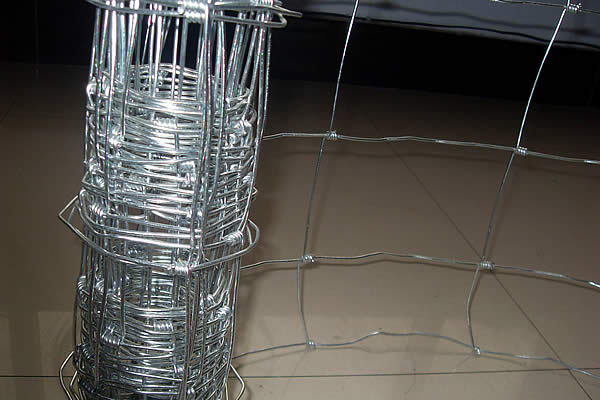 TEL:
+86-13102802206
TEL:
+86-13102802206
 Email:
fencenetting@china.com
Email:
fencenetting@china.com
 Language
Language
 TEL:
+86-13102802206
TEL:
+86-13102802206
 Email:
fencenetting@china.com
Email:
fencenetting@china.com
 Language
Language


The Price of Iron Wire Mesh Understanding the Market Dynamics
Iron wire mesh is a versatile material used in various applications, from construction to agriculture. Its strength, durability, and corrosion resistance make it a preferred choice for many industrial and domestic uses. However, the price of iron wire mesh can vary greatly depending on several factors, including material quality, mesh size, production processes, and market demand.
Factors Influencing the Price
1. Material Quality The quality of the iron used significantly affects the price. High-quality iron wire mesh, made from pure iron or galvanized steel, generally costs more than lower-grade alternatives. Galvanization, a process that involves coating the wire with zinc to prevent rust, can also increase the cost due to the additional materials and complexities involved in production.
2. Mesh Size and Specification The dimensions of the wire mesh, including wire diameter and mesh openings, play a crucial role in determining the price. Tighter mesh sizes, which provide better security and support, typically come at a higher price point. Custom specifications tailored for specific applications may also incur additional costs.
3. Production Processes The manufacturing process can significantly influence the price. Automated production lines may lower labor costs and enhance efficiency, leading to lower prices. However, if a company opts for hand-made or artisanal methods to ensure specific quality attributes, the prices will likely increase due to higher labor costs.
4. Market Demand The global demand for iron wire mesh can be influenced by various economic factors, including construction booms or declines in specific areas. During periods of high construction activity, for example, the demand for iron wire mesh can spike, leading to increased prices. Conversely, during economic downturns, prices may fall due to reduced demand.

5. Regional Variations Prices can also vary by region due to transportation costs, local economic conditions, and the availability of raw materials. Regions with easy access to iron ore and a robust manufacturing infrastructure may experience lower prices than those reliant on imports.
Current Market Trends
As of 2023, the iron wire mesh industry is experiencing fluctuations in pricing due to global supply chain issues and environmental regulations affecting raw material sourcing. Despite these challenges, advancements in production technology and recycling processes are becoming more prominent, which could positively influence the market by making it more sustainable and potentially lowering costs in the long run.
Additionally, the growing emphasis on sustainable construction is prompting manufacturers to explore eco-friendly materials and production methods, which may lead to new pricing strategies and product offerings in the market.
Conclusion
Understanding the pricing dynamics of iron wire mesh requires consideration of multiple factors, from material quality to market demand. As industries continue to evolve and adapt to environmental concerns and technological advancements, both manufacturers and consumers should keep an eye on market trends to make informed purchasing decisions. Whether you need iron wire mesh for construction, fencing, or any other application, being aware of these factors can help you navigate the landscape more effectively and secure the best possible price.